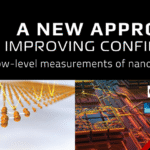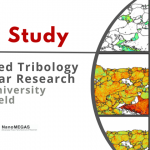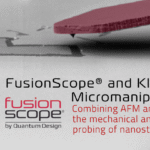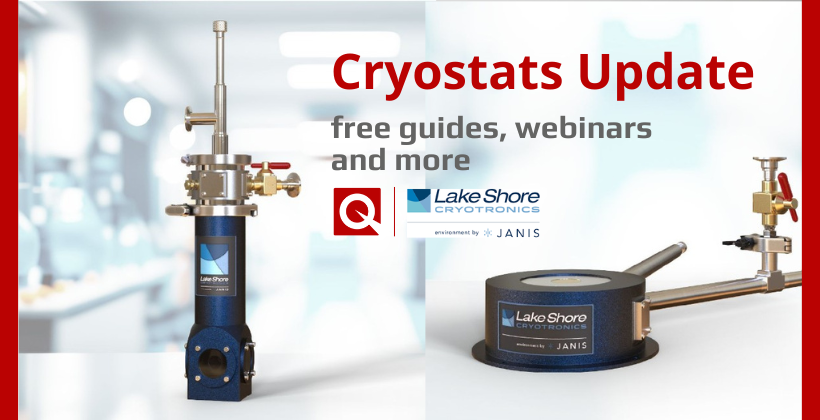
QDUKI has been deeply engaged in the field of Cryogenics, serving both as a manufacturer and a distributor of low-temperature instrumentation for over 40 years. One of our partners is the world-renowned Lake Shore Cryotronics. Leading researchers around the world trust Lake Shore for measurement and control solutions that drive the discovery and development of new materials for tomorrow’s technologies. Serving the needs of the research community since 1968 Lake Shore has grown its product solutions to keep pace with evolving interests in scientific exploration, from the physics lab to deep space.
A Beginner’s Guide to Cryostats and Cryocoolers
This is the ultimate guide for scientists, students, and lab technicians who are new to cryogenic systems operating between 1.5 and 300 K.
You will learn about:
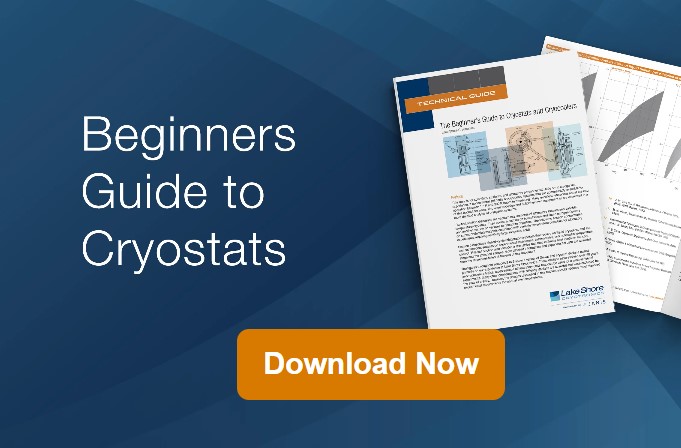
🔹 Variable temperature cryostats, including thermal impedance and exchange gas types
🔹Experimental techniques, thermometry, and temperature control
🔹Estimating heat loads on the cold stage and attached sample
🔹Using superconducting magnets with cryostats
🔹Closed-cycle refrigerator cryostats that require no cryogens
A Guide to Buying the Right Research Cryostat
Navigating the road to purchasing a research cryostat can be challenging especially when accuracy in temperature control is paramount. Whether your focus is material science, quantum computing, or astrophysics, a cryostat is a key piece of your research setup.
But how do you know which type of cryostat is right for your application?
This guide can help. It provides a comprehensive overview of the critical factors to consider when selecting one, including:
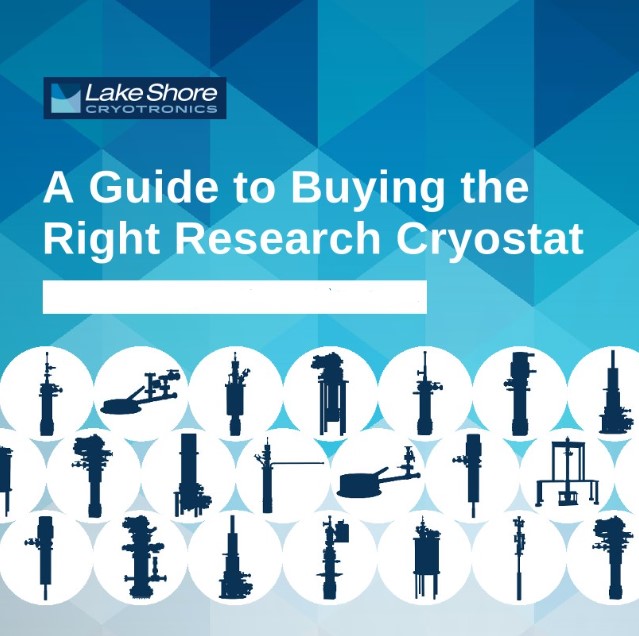
🔹Temperature control 🌡
🔹Cooling strategies ❄
🔹Wet or dry cryostats ❄
🔹Sample environment 🧫
🔹Sample size and mounting 📏
🔹Electrical interfaces ⚡
🔹Noise mitigation 🔇
🔹Tailored applications 🎯
🔹Optical access 🔍
🔹Budgeting and expenses 💰
Spotlight on…
The Environment by Janis SuperTran continuous-flow cryostats operate with either liquid helium for operation to 2 K or liquid nitrogen for operation to 77 K and withstand high temperatures with options up to 800 K. A high-efficiency transfer line delivers liquid cryogen to the cold finger for cooling, and temperatures below 4.2 K can be achieved with a vacuum pump. By utilising the built-in heater and the included Model 335 temperature controller, these cryostats offer precise variable temperature control within 50 mK.
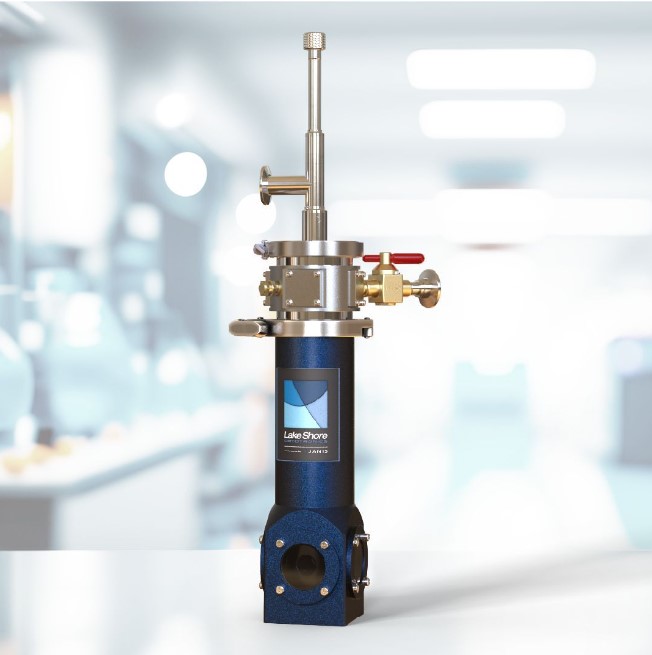
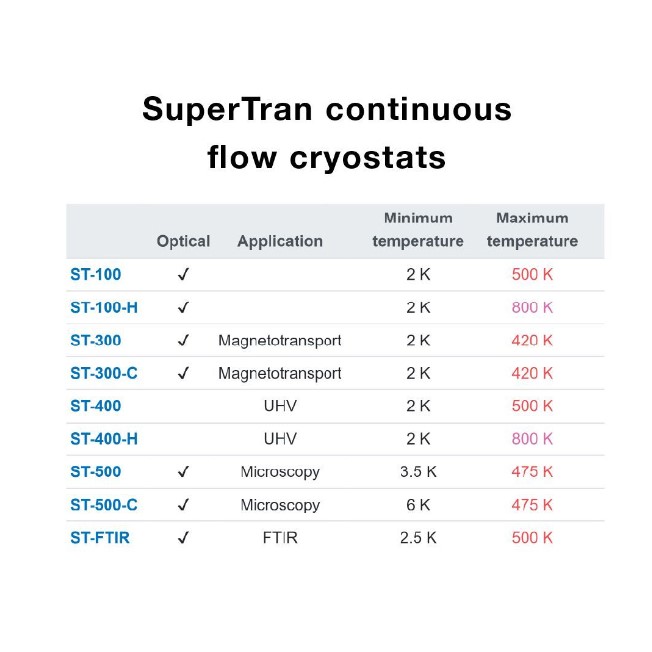
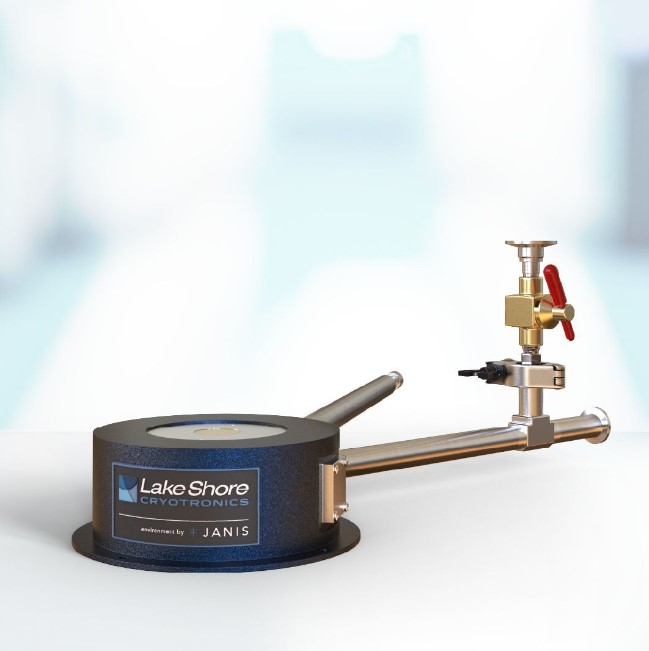
The SuperTran product line has long been an industry standard for continuous-flow cryogenic systems. Now, with the introduction of the RGC4 recirculating gas coolers, these cryostats can be cooled without the need for liquid cryogens.

Webinar
How to Choose a Lab Cryostat and Deal with Helium Supply Issues
Choosing the right cryostat can be a challenge, particularly when considering your long-term needs and budgetary requirements.
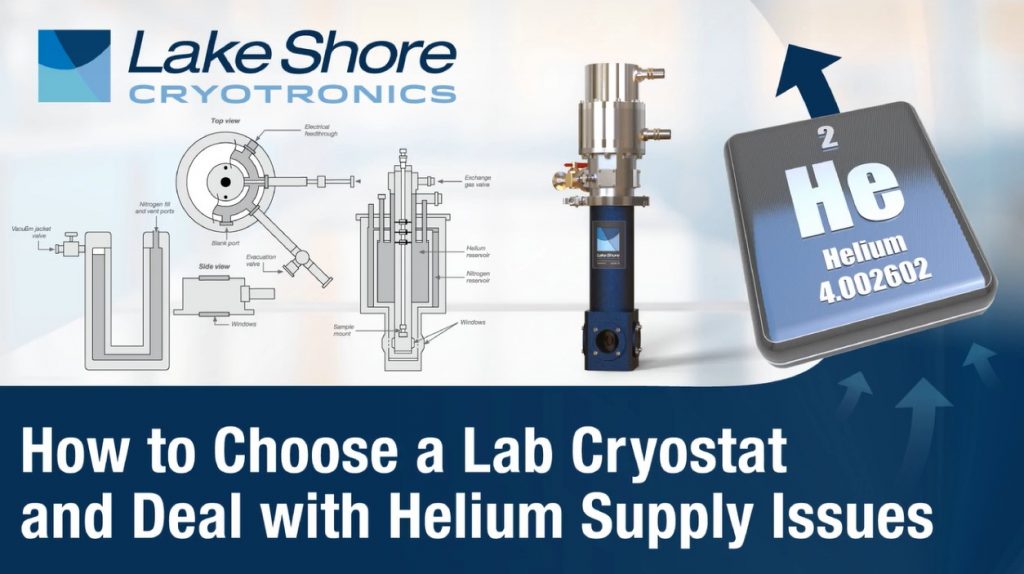
This webinar will provide a comprehensive overview of the key factors to consider when evaluating cryostats for a research lab, including:
- Temperature stability and range, including the need for high temperature
- Types of cooling mechanisms, and their advantages and drawbacks
- Sample considerations, including the environment and vibration sensitivity
- Application and measurement requirements, such as those needed for photoluminescence or FTIR spectroscopy
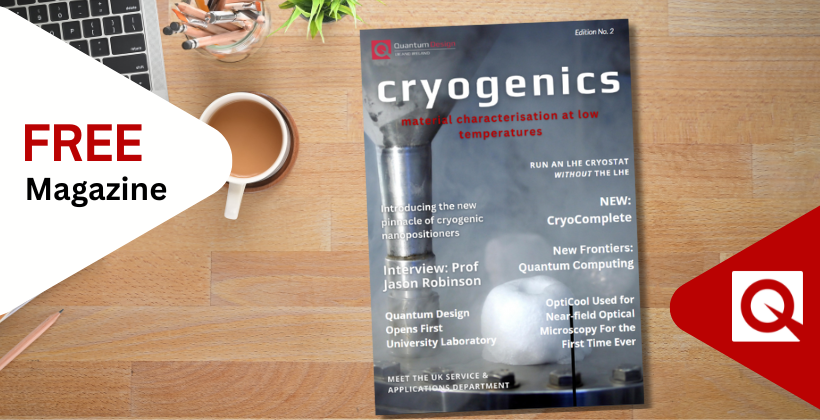
We at Quantum Design UK and Ireland (QDUKI) are delighted to present our second cryogenics magazine, featuring updates on new products, publications, and white papers related to our offerings.
Quantum Design is heavily involved in education and in this edition we explore various global initiatives from QD.

Any questions?
Discuss your application with our Technical Director, Dr. Shayz Ikram by email below or call (01372) 378822.



